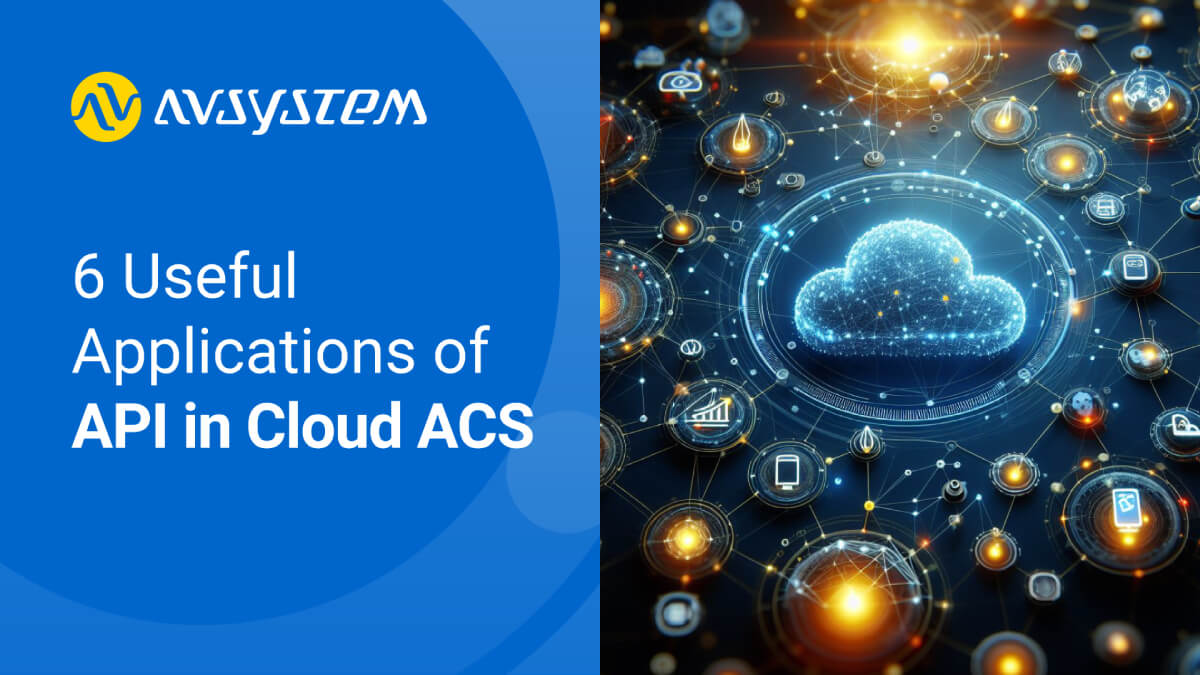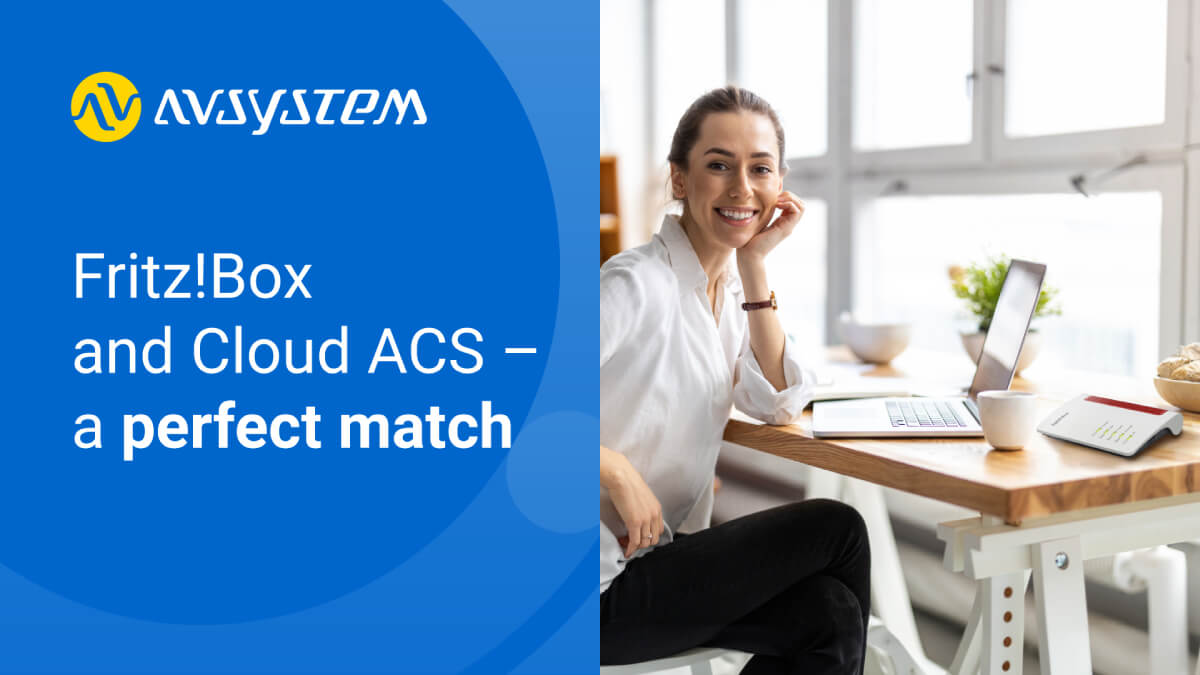6 Useful Applications of API Integration in Cloud ACS

AVSystems Cloud ACS is not just a standalone device management platform but a versatile tool that can be seamlessly integrated with various other systems. This integration capability enhances its functionality, allowing it to work in harmony with different types of systems, ultimately providing a comprehensive device management solution. In this blog post, we'll explore some prime examples of the types of systems that Cloud ACS can be integrated with, showcasing the platform's adaptability and flexibility. Worth mentioning is that both upstream and downstream integrations are supported, so data may be both pushed and pulled towards the system.
Let’s go through particular use cases, depicted in the image below:

1. CRM integration:
Integrating the Cloud ACS with a Customer Relationship Management (CRM) system can provide a seamless customer experience. When a new customer signs up for service, the Cloud ACS API can be used to create a corresponding profile in the system. This integration allows customer service representatives to access device information, service plans, and configuration details directly from the ACS interface, streamlining customer support and troubleshooting processes.

Ready to streamline customer support and troubleshooting?
Sign up for a free demo of our Cloud ACS
2. Billing and Accounting System integration:
Link Cloud ACS with your billing system to track service usage for billing purposes. This integration can facilitate accurate invoicing and financial management related to device access. What is even more interesting is that the billing system connected to the ACS can immediately execute the actions on the end user devices. Example: The ISP customer (internet service user) is not paying for the service for several days/weeks. After a given time the billing system can send the change request to the ACS. ACS can change the Internet plan to the “slowest” one or deactivate the service entirely.
3. Notification System integration:
Integrate the Cloud ACS with a notification system to deliver alerts and updates to users in real-time. This can be achieved through multiple channels, such as SMS notifications or integration with collaboration platforms like Slack. When critical events occur on your device, such as device connectivity issues or configuration changes, the ACS can trigger notifications to be sent to designated individuals or teams. These notifications can include relevant details about the event and actions that may need to be taken. For example, suppose a critical configuration on a device is changed. In that case, an SMS notification can be sent to the appropriate personnel, or an alert can be posted in a Slack channel where the operations team collaborates. This integration helps ensure that important events are promptly addressed, minimizing downtime and optimizing device management processes.

4. Embed ACS features into the ISP’s customer portal
Incorporating Cloud ACS features into your ISP's customer portal is a transformative step. With Cloud ACS's robust API, ISPs can effortlessly offer essential functionalities directly through the customer portal, such as device reboots. This integration enhances user convenience, streamlines troubleshooting, and ultimately elevates the customer experience to new heights.
Want to learn more about Cloud ACS?
Watch the system demo to discover key features.
5. Inventory Management System integration:
By integrating Cloud ACS with an inventory management system, businesses can effectively track and manage their device inventory. This integration ensures that the information about devices is always up-to-date, allowing for accurate inventory control, order processing, and asset management.
The Cloud ACS user can create a flow, which will report every device registered in the ACS to the inventory management system. If the CPE is reporting the current location data to the ACS, the inventory management platform can be constantly aware of the asset's location. In the case of the lack of detailed location details, the address can be approximated based on the IP address.
6. Compliance and Reporting System integration:
Integrate Cloud ACS with compliance and reporting systems to facilitate regulatory compliance and generate comprehensive access control reports. This ensures that organizations can easily demonstrate adherence to security and compliance standards. The ACS provides many important features, such as speed tests and device availability control, which can serve as valuable sources of compliance data.
Integrating Cloud ACS with software for customer relationship management, billing and accounting, notifications, customer portals, inventory management, and reporting can significantly enhance its capabilities. These integrations can improve efficiency, boost customer support, and facilitate data-driven decision-making, resulting in better service quality.
Author: Maciej Bebak, Customer Success Engineer
Meet Maciej Bebak, a problem-solving-driven engineer who enhances the Customer Success team. His drive for analyzing a meaningful pile of information, backed up by his Big Data master's degree, harnesses the complexity of our tech world, making him an invaluable asset for any project within the Cloud ACS team. Not to mention, Maciej is business-oriented and always seeks optimization and customer business growth.
Recommended posts
- Understanding CPE Requirements for Optimizing Smart Wi-Fi Performance
- Why choose open standards for WiFi service assurance?
- Solving Key Challenges of Fritz!Box Users With Cloud ACS
Subscribe to stay in the loop with all our latest content:
Recommended posts



